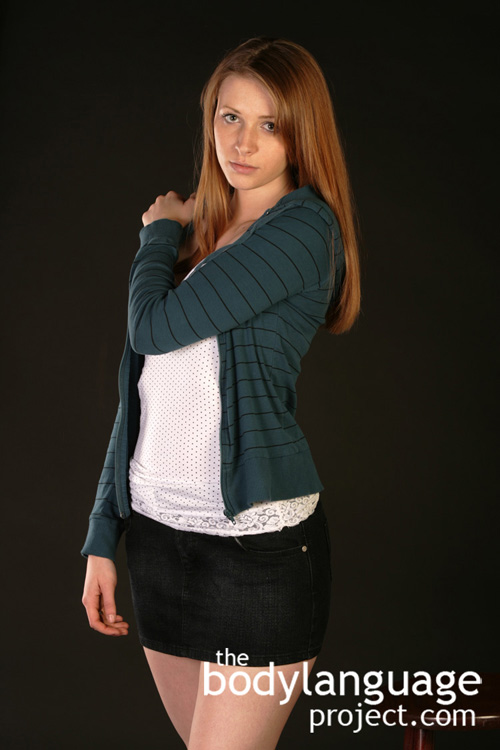In this chapter we examined body language as it relates to business. We learned that we can signal the desire to help in a sales environment without developing friendship by first identifying the type of consumer they are. There are four types of consumer; they are clients who prefer to help themselves, the friendly client who is looking to chat and build rapport before deciding on what to buy, the follower who will want the salesperson to take charge and the dominator who wants to stare clerks down and remains suspicious of their motives. We also learned ways of dealing with each type of client.
Next we covered how people prefer to orient themselves while speaking and found regional differences. For example, Americans will speak at forty-five degree angles to each other, but Arabic cultures will speak so close their faces nearly touch. We then covered handshake techniques and types and found that there are three main handshake orientations; palm down (superiority), palm up (submissive) and palm even (equality) and also the ways to deal with them. We summarized a good handshake as having just the right pressure and duration but that it should vary depending on whom you are shaking hands with. We learned that firm handshakes versus “limp” handshakes can equalize women and men in the workplace and supported this with research that tied firm handshakes to extroversion and emotional expressiveness rather than shyness and neuroticism. We then covered the various handshakes one might encounter and provided visually accurate names for them. They were the death grip, the cold dead wet fish, the limp fish, short grabber/finger grabber, stiff arm and trust forward, wrench forward controller, arm twister, over pumper, double gripper politician, the teacup, the undershaker and the oddball.
We then explained how to thwart dominant handshakes particularly the palm down presentation with the step to the right technique, as well as the various other techniques to send particular messages based on your particular handshake partner and intention. We gave women a sequence by which to follow to impress men in the workplace by keeping the hand perfectly vertical, thrusting forward and aiming to meet web to web, the skin between index and thumb. We then gave women some advice to maintain sexuality without appearing unintelligent, one of which included the heels to neutralize prey, the others included avoiding the figure four sitting position and the full body steeple. We also found that women should appear masculine in their attire, yet retain curves, but not cleavage.
Next we covered readiness and attentiveness body language which includes the sprinting positions or leaning forward to show interest, or by coiling the legs to show eagerness to leave, whereas leaning back shows either comfort of disinterest. We followed this up with tips to become a leader and saw why it is important to show better posture, take up more space, hold a serious gaze with eye contact, use appropriate and tactful touching, avoid too much smiling (especially women), avoid excessive placation and fight the urge to nod with agreement especially if someone expresses a thought you disagree with. For those of us who are happy to follow, we provided tips in dealing with the three different types of bosses, the autocratic, democratic and laissez-faire, then covered ways to impress on a job interview, and concluded with buy signals; eye contact, moving in, touching the chin and greater relaxation.


